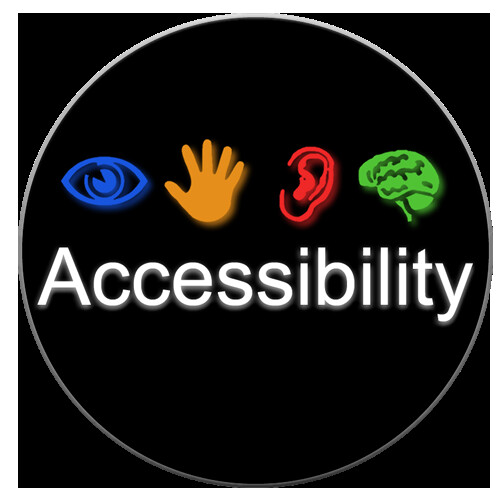Why Sewing is like Coding - Debugging
Whether I’m at a keyboard or behind my sewing machine, I spend most of my time not in the act of creating, but in the act of fixing. Debugging, testing, twea...
These key ideas are not only frequently mentioned but thoroughly explained in books about agile programming. In fact, the first principle of the Agile manifesto states:
“Our highest priority is to satisfy the customer through early and continuous delivery of valuable software.”
After reading about these ideas, it finally clicked for me: it’s not just important, but essential to get your customer involved from the very beginning.
I’ve been assisting with another grad student’s project, writing the user manual for a website they’ve been building. This project aims to modernize a doctor’s website. The doctor currently has an outdated site built using WordPress to organize content. The website features resources for:
The doctor needed a modern way to organize these resources. Some resources overlap between audiences, and many of the links were broken.
The new and improved website is vibrant, with a modern layout. It organizes resources into three broad categories. Since the resources are stored in a database, they can be tagged for multiple user types. Resources can also be batch uploaded, with automatic verification that the links work. It’s a significant improvement!
When we met with the doctor for the first time and revealed the website, he was very thankful for all our hard work. He seemed genuinely appreciative and honored that my classmate chose this project as their Master’s capstone project. But he did have some feedback.
While the photos on the website were high-quality and well-executed, they weren’t the style he envisioned. He also felt the fonts didn’t align with his preferences. Additionally, he had concerns about accessibility features.
The new website included a range of text size options, which was great, but we missed some simple yet essential elements, like a magnifying glass icon to indicate the search bar. Instead of an icon, the website simply displayed the word “search.”
Redundant headings and text should be eliminated. If an idea can be expressed with an icon, it should be implemented. This makes the site more intuitive and accessible to users of all languages.

The doctor recommended Recite Me, an accessibility toolbar, as a standard for websites. He emphasized that many patients would benefit from such features, making them a crucial addition.

While you shouldn’t get too caught up in colors, fonts, and pictures early in the process, design is still important. Wireframes come first, but showing key design elements like homepage photos early on can provide valuable feedback.
Since I wasn’t involved in the website’s design phase, I imagine the creators could have saved time by discussing design choices—such as the front-page images—with the doctor early. That way, he could’ve provided the images he wanted from the start. Now, someone will need to update the photos, fonts, and potentially the color scheme to ensure everything works together seamlessly.

I was responsible for writing the user manual. I aimed to make it simple and easy to follow, using Google Docs for its intuitive interface.
After reviewing other user manuals, I noticed they use short, direct instructions like “Click the Edit button,” with each step clearly numbered.
The doctor appreciated the many pictures and red lines I included to indicate buttons and points of interest. I even added a glossary at the end with links to definitions. Still, I missed some terms—like “front end” and “back end”—which are clear to a developer but not to a general user.
His advice? Write as if you’re writing for your grandma.
This experience gave me a taste of what it’s like to work with an actual user of our software. It underscored how critical it is to understand their needs, preferences, and how they interact with the product.
It’s made me even more eager to start interviewing potential users for my app!
Whether I’m at a keyboard or behind my sewing machine, I spend most of my time not in the act of creating, but in the act of fixing. Debugging, testing, twea...
Iterative testing. Getting the customer involved early and often. These key ideas are not only frequently mentioned but thoroughly explained in books about a...
It all started with a need. I attend weekly tech meetups and often share event details on Discord with my group. But as the list grew, keeping things organiz...
Eric Ries 2011
Jake Knapp, John Zeratsky, Braden Kowitz 2016
Andrew Stellman & Jennifer Greene 2014
What is this ‘Maker Faire?’
Getting the thoughts out there - using Lucidchart
What’s the least amount of (and most important) features we need to make for the design so that we can start testing?
How do you know when to stop? We discussed the research that our group has been working on. Two students are looking through the App Store and Google Play St...
AI/Tech Coffee Social ☕
Friday Team Meeting #1 - Online edition
Tuesday Team Meeting #2: Getting the hang of it
Monday Meeting #2: Reconvening after our First Full Week of Work
Maja Dakic 2023
Jeff Gothelf & Josh Seiden 2021
John Whalen, PhD. 2019